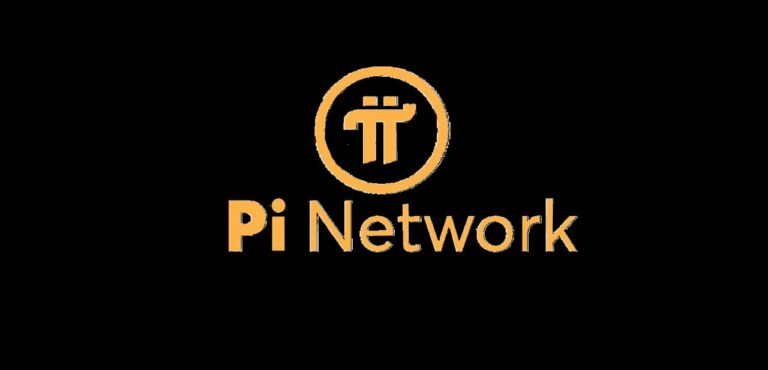
- Ripple has integrated the RLUSD stablecoin into its payment platform to enhance global digital transactions, despite RLUSD’s trading volume dropping by 37.55% to $22.51 million.
- While market activity has slowed, a slight rise in market cap suggests users may be holding the asset for long-term use.
Ripple has officially added RLUSD to its payment platform, marking a strategic move to enhance its digital payment solutions despite the stablecoin’s recent drop in trading volume. The San Francisco-based blockchain company announced the integration via X (formerly Twitter), positioning RLUSD as a new option for seamless cross-border transactions.
Global businesses need fast, low-cost ways to move money.
RLUSD is now integrated into Ripple Payments, enabling real-time cross-border payments backed by institutional-grade compliance, transparency, and trust.
The new standard is here. ➡️ https://t.co/mIpZSF9S8z
— Ripple (@Ripple) April 15, 2025
This development reinforces Ripple’s mission to offer fast, secure, and cost-effective payment services to businesses globally. The introduction of RLUSD is aimed at addressing key hurdles associated with international transfers—especially the need for scalable, transparent, and stable digital assets.
A Strategic Leap Toward Scalable Digital Payments
Ripple has been expanding its payment ecosystem with a vision to support institutional-grade digital transactions. The addition of RLUSD aligns with this goal, offering a new layer of stability and regulatory compliance to Ripple’s network. Businesses using Ripple’s services can now leverage RLUSD to process transactions with greater confidence, thanks to its promise of transparency and trust.
Despite this milestone, the immediate response from the market hasn’t matched Ripple’s ambition. According to data from CoinMarketCap, RLUSD’s trading volume has dipped sharply by 37.55% over the past day, falling to approximately $22.51 million.
Trading Volume Slips, But Long-Term Hope Remains
This sharp decline is surprising given RLUSD’s strong start earlier this month, when it recorded an 87% surge in trading volume in just one day. The stablecoin was initially buoyed by excitement over its potential in both crypto and traditional finance (TradFi) markets—particularly its use as collateral.
Interestingly, while trading volume is down, RLUSD’s market cap has seen a slight increase of 0.04%. This suggests that while short-term activity is slowing, some users might be accumulating the asset for long-term utility rather than immediate trading.
Ripple’s decision to integrate RLUSD may not be an instant market trigger, but it reflects the company’s long-term strategy to solidify its role in the evolving world of digital payments. While RLUSD’s low trading volume might raise eyebrows, it could also indicate a quiet confidence among holders who see value beyond daily fluctuations.
As RLUSD continues to roll out within Ripple’s ecosystem, market watchers will be closely observing whether this new stablecoin can gain lasting traction—or if it’s just another short-lived experiment in the stablecoin arena.
DISCLAIMER:
The views and opinions expressed herein are solely those of the author or advertiser and do not necessarily reflect the views of the publisher. The publisher does not endorse or guarantee the accuracy of any information presented in this article. Readers are encouraged to conduct further research and consult additional sources before making any decisions based on the content provided.




